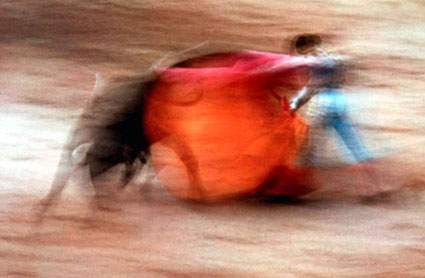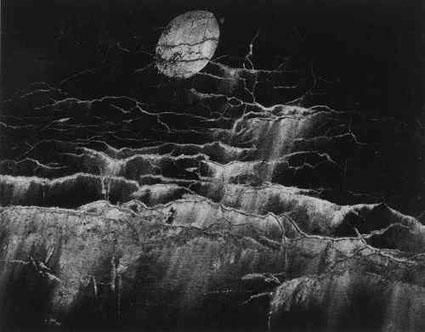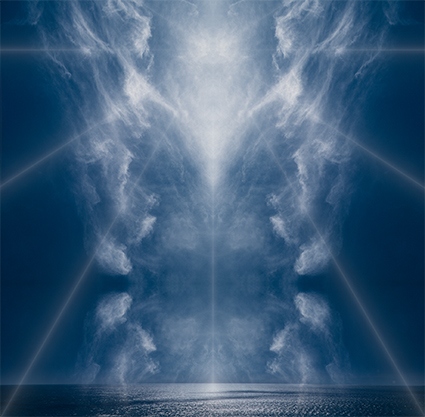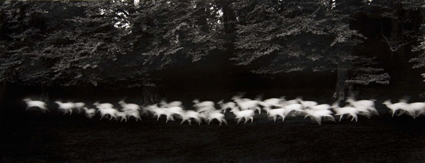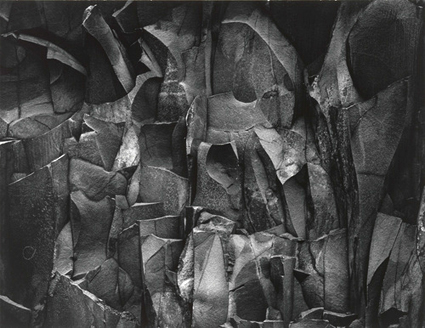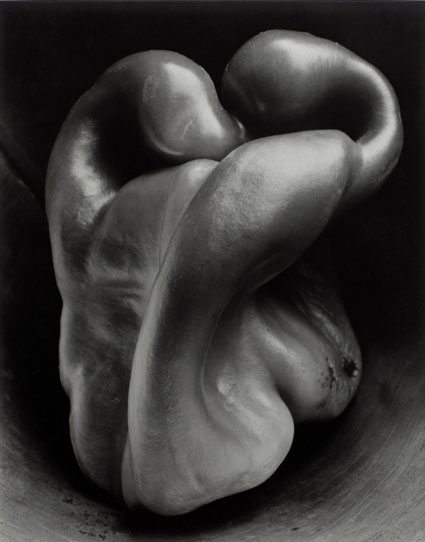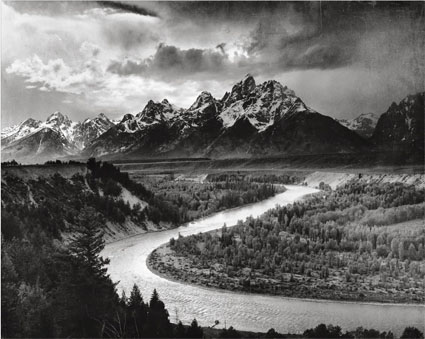30 Quotes By Photographer Diane Arbus
Here’s a selection of quotes by photographer Diane Arbus.
“The camera is a kind of license.” – Diane Arbus
“Photography was a licence to go whenever I wanted and to do what I wanted to do.” – Diane Arbus
“My favorite thing is to go where I’ve never been.” – Diane Arbus
“A photograph is a secret about a secret. The more it tells you the less you know.” – Diane Arbus
“Lately I’ve been struck with how I really love what you can’t see in a photograph.” – Diane Arbus
“I always thought of photography as a naughty thing to do — that was one of my favorite things about it, and when I first did it, I felt very perverse.” – Diane Arbus
“I think the most beautiful inventions are the ones you don’t think of.” – Diane Arbus
“The thing that’s important to know is that you never know. You’re always sort of feeling your way.” – Diane Arbus
“One thing that struck me very early is that you don’t put into a photograph what’s going to come out. Or, vice versa, what comes out is not what you put in.” – Diane Arbus
“I never have taken a picture I’ve intended. They’re always better or worse.” – Diane Arbus
“Some pictures are tentative forays without your even knowing it. They become methods. It’s important to take bad pictures. It’s the bad ones that have to do with what you’ve never done before. They can make you recognize something you hadn’t seen in a way that will make you recognize it when you see it again.” – Diane Arbus
“What moves me about…what’s called technique…is that it comes from some mysterious deep place. I mean it can have something to do with the paper and the developer and all that stuff, but it comes mostly from some very deep choices somebody has made that take a long time and keep haunting them.” – Diane Arbus
“I used to have this notion when I was a kid that the minute you said anything, it was no longer true. Of course it would have driven me crazy very rapidly if I hadn’t dropped it, but there’s something similar in what I’m trying to say. That once it’s been done, you want to go someplace else. There’s just some sense of straining.” – Diane Arbus
“The Chinese have a theory that you pass through boredom into fascination and I think it’s true. I would never choose a subject for what it means to me or what I think about it. You’ve just got to choose a subject – and what you feel about it, what it means, begins to unfold if you just plain choose a subject and do it enough.” – Diane Arbus
“I’m very little drawn to photographing people that are known or even subjects that are known. They fascinate me when I’ve barely heard of them.” – Diane Arbus“I work from awkwardness. By that I mean I don’t like to arrange things. If I stand in front of something, instead of arranging it, I arrange myself.” – Diane Arbus
“What I’m trying to describe is that it’s impossible to get out of your skin into somebody else’s…. That somebody else’s tragedy is not the same as your own.” ― Diane Arbus
“I don’t know what good composition is…. Sometimes for me composition has to do with a certain brightness or a certain coming to restness and other times it has to do with funny mistakes. There’s a kind of rightness and wrongness and sometimes I like rightness and sometimes I like wrongness.” – Diane Arbus
“The camera is cruel, so I try to be as good as I can to make things even.” – Diane Arbus
“For me the subject of a picture is always more important than the picture. And more complicated.” – Diane Arbus
“I would never choose a subject for what it means to me. I choose a subject and then what I feel about it, what it means, begins to unfold.” – Diane Arbus
“Take pictures of what you fear.” – Diane Arbus
“The more specific you are, the more general it’ll be.” – Diane Arbus
“Everybody has that thing where they need to look one way but they come out looking another way and that’s what people observe.” – Diane Arbus
“Nothing is easier than self-deceit. For what each man wishes, that he also believes to be true.” – Diane Arbus
“There’s a kind of power thing about the camera. I mean everyone knows you’ve got some edge. You’re carrying some magic which does something to them. It fixes them in a way.” – Diane Arbus
“It’s always seemed to me that photography tends to deal with facts whereas film tends to deal with fiction.” – Diane Arbus
“Love involves a peculiar unfathomable combination of understanding and misunderstanding.” – Diane Arbus
“The world can only be grasped by action, not by contemplation. The hand is the cutting edge of the mind.” – Diane Arbus
“If you scrutinize reality closely enough, if in some way you really, really get to it, it becomes fantastic.” ― Diane Arbus
“I really believe there are things nobody would see if I didn’t photograph them.” – Diane Arbus
Read more Photographer’s Quotes here.


